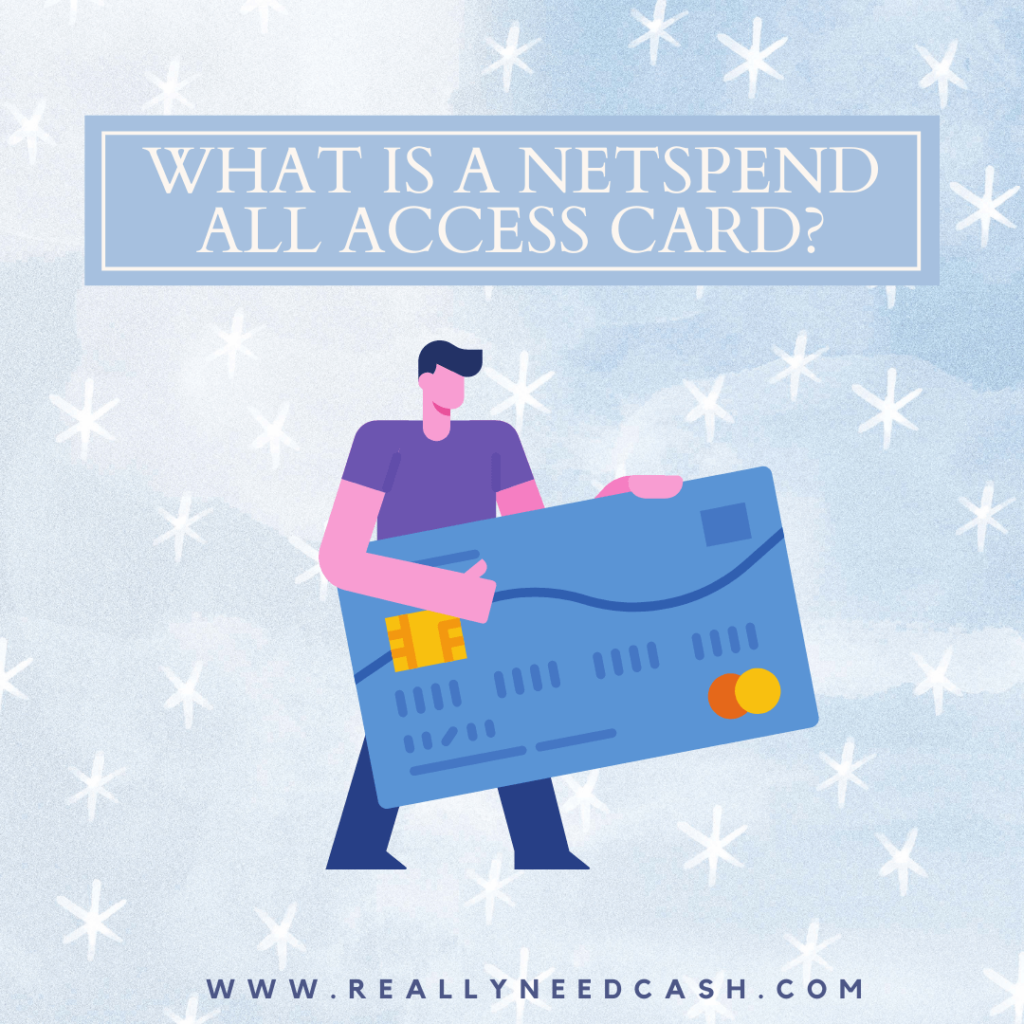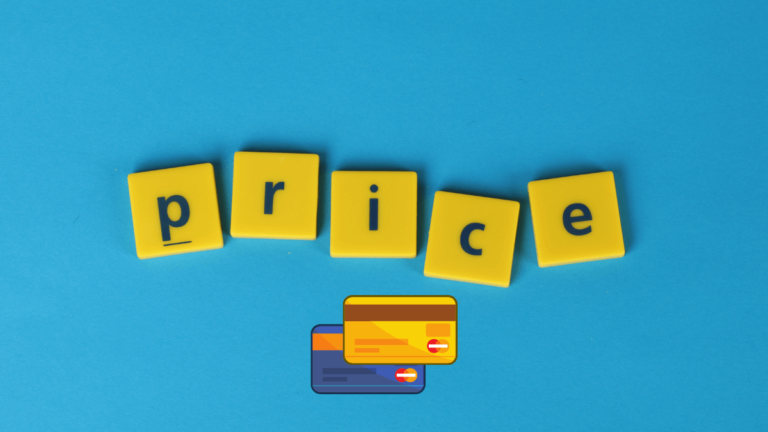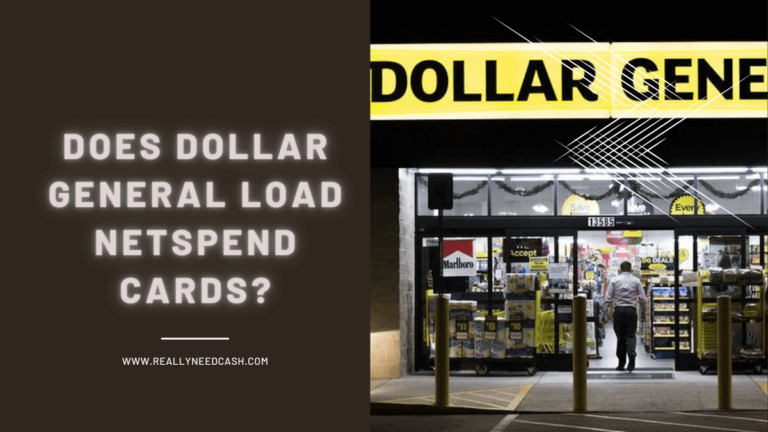A Netspend All-Access Card is a prepaid card that can be used anywhere Visa® is accepted. Here’s all you need to know about the Netspend card.
A Netspend All-Access card is an easily accessible prepaid card that boasts a large ATM network, early direct deposits, and overdraft protection. All you need to do to apply for a Netspend account is to click ‘Sign Up Now’ on their website before entering the required information. Because there’s no credit check required, approval for the card is basically guaranteed.
But while there are a lot of benefits to applying for a prepaid card rather than a traditional bank card, it’s important to be aware of any potential drawbacks that you may encounter.
The following will outline all you need to know about the Netspend All-Access card.
Read: How Much Can you Overdraft With Netspend All Access Card Limit?

What Is A Netspend All-Access Card?
The Netspend All-Access card, provided by MetaBank, is for those consumers who either don’t want a regular credit card or don’t qualify for one, but do want to be able to pay with a physical card.
One of the main benefits of the Netspend All-Access card is that you can only spend the money that’s already in your account. You’ll be avoiding overdrafts, as well as bounced checks, or interest payments.
A credit check is also not required to qualify for a Netspend All-Access account, so approval is a guarantee. The only main downsides of the concept of a prepaid card like this are that they don’t help you with building credit, and certain online merchants refuse prepaid cards.
What Are The Benefits Of A Netspend All-Access Card?
As with any decision revolving around your finances, it’s important to be aware of all the pros and cons before going with a prepaid debit card. There are quite a few benefits to the prepaid Netspend account.
- There is no required minimum balance required in order to qualify for an All-Access card. This makes it far easier to get started with an account, unlike with credit cards, which in most cases will require a minimum balance of quite a substantial amount.
- Direct deposits, whether it’s a paycheck or government benefits, are paid up to two days sooner than with traditional bank accounts.
- There are a lot of benefits with a Netspend All-Access card that are similar to those you get with a traditional bank account. These include a feature-filled account, the ability to use online banking, as well as a handy mobile app. It should be noted that message and data rates may apply.
- With a Netspend All-Access account you’ll be entitled to payback rewards, meaning you can earn cash back when you use your card for qualifying purchases.
- Withdrawals from any MoneyPass ATM are unlimited and completely free of surcharges. There are more than 32,000 ATMs within the MoneyPass network.
- While one of the benefits of this prepaid card is that you can only spend what’s in your account, you can also enable optional overdraft protection. Although you will have to pay 20 dollars whenever you overdraft over 10 dollars, rather than declining the transaction.
- The Netspend All-Access card’s purchase cushion will be available if your direct deposit qualifies. This means you’ll be covered for free if you’ve overdrawn by less than 10 dollars.
- Netspend also offers an optional savings account, meaning you can earn 6% APY (annual percentage yield) on your first $2,000, and 0.5% APY on amounts that are over this limit.
- If you’re not comfortable providing your card information on the phone or online, you’re entitled to request up to six Virtual Cards, which will be active until the end of the month.
What Are The Downsides To The Netspend All-Access Card?
As important as it is to be aware of the positives of this prepaid card, you should also be aware that, as with traditional cards, there are a few drawbacks.
- The first notable downside to the Netspend All-Access account is that there’s an unavoidable monthly fee of $5. While there are a lot of reasons this particular prepaid card is more ideal than others, this fee is a dealbreaker for many.
- Also worth considering are the spending limits. At point-of-sale locations you won’t be able to spend over $5,000 per any given transaction. At ATMs you also can’t withdraw over $400 at once, nor $1,000 in one day.
- Inbound wire transfers are not an option with Netspend All-Access accounts. If you’re planning on receiving regular wire transfers, you should go instead with a more traditional checking account or, if you have a negative banking history, a second-chance checking account.
Along with the 5 dollars monthly fee, there are also a number of other fees you should be aware of if considering a Netspend All-Access card.
If withdrawing money from an ATM that’s not in the MoneyPass network, the domestic fee will be $2.50, while the international fee will be $4.95.
To inquire about your balance you’ll be paying a fee of $1. Foreign transactions will require a fee of 3%, and as previously mentioned, the overdraft fee is $20 when you overdraft more than 10 dollars.
To get a replacement card your fee will be $3.95, and to get an additional card the fee is also $3.95. To get a paper statement you’ll be paying a fee of $5.95, and your custom card fee will be $4.95.
If you want to close your account, you’ll be paying $15.
How Do I Get A Netspend All-Access Card?
There are just a few simple steps involved in opening a Netspend All-Access Account.
To get a NetSpend All-access card, head to the official Netspend website and click on ‘Sign Up Now. Provide your personal information. This includes your name, date of birth, and address, social security number, and your photo ID number. The next step is to choose your direct deposit methods, then you’ll be choosing your preferred card design, and finally clicking ‘Sign Up’.
If you’ve filled in all the fields correctly and there are no issues, you should be told immediately whether you’ve been approved. Once you’re approved, your All-Access card should arrive via the mail in seven to 10 business days.
Conclusion
The Netspend All-Access card is a handy card for those who don’t want to go with a traditional bank.
There are a number of benefits to this card, like free in-network withdrawals from ATMs, and faster direct deposits.
But the fees, particularly the $5 monthly fee (which is completely unavoidable, unlike with a lot of other prepaid cards), are plentiful, so it’s really just a question of whether the benefits outweigh the drawbacks.






